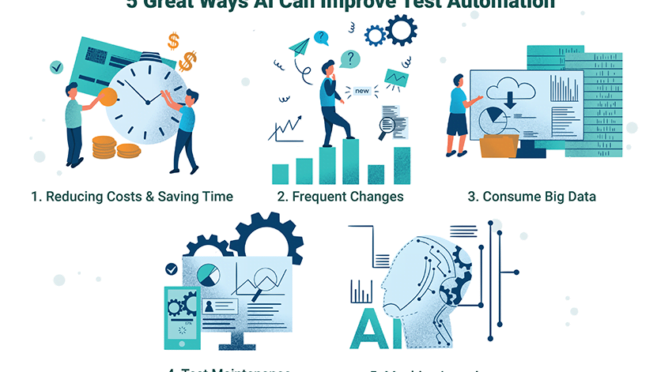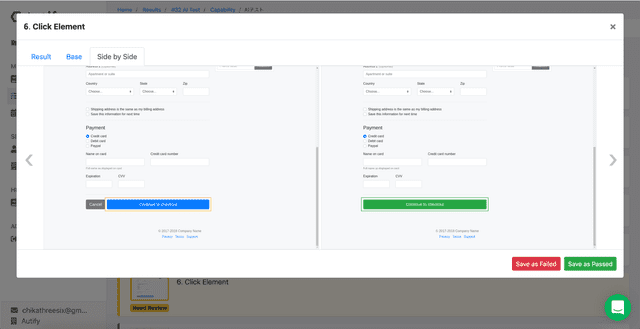As many DevOps quality assurance testing teams embrace the possibilities of artificial intelligence, they will also uncover many benefits AI test automation can have on their business lines. There are many hidden costs associated with building software. Testing is often overlooked. Once a DevOps team burrow down that rabbit hole, they soon discover the need to invest in testing. However, testing can present its challenges. The largest issues testers face are:
- Manual testing and migrating to test automation
- Embracing and integrating AI test automation
- Testing when there are constant changes in UI due to the fast iteration nature of Agile life cycles such as CI/CD
- Test maintenance and avoiding scaling nightmares



